Anatomy Of A Clam
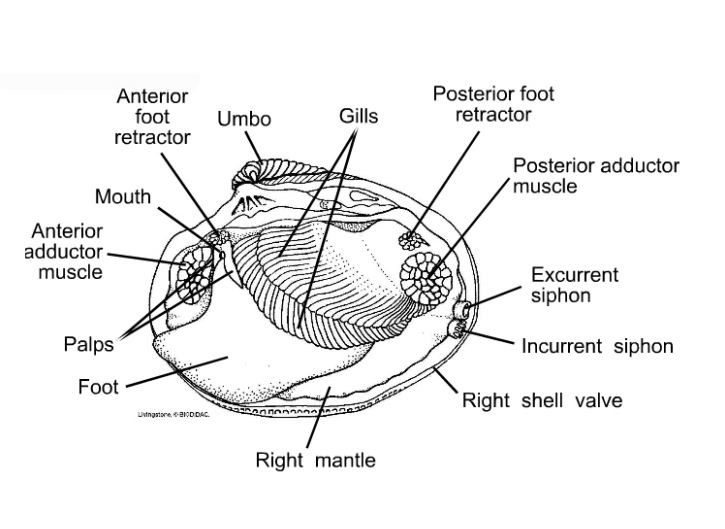
Clam Dissection Diagram Quizlet
See a clam diagram, study the clam digestive system read about the excretory system of these animals from the phylum Mollusca. Updated: 11/21/2023 Table of Contents What Is a Clam? Parts of.

Clams Anatomy Barnegat Bay Shellfish
Start studying Clam Anatomy. Learn vocabulary, terms, and more with flashcards, games, and other study tools.
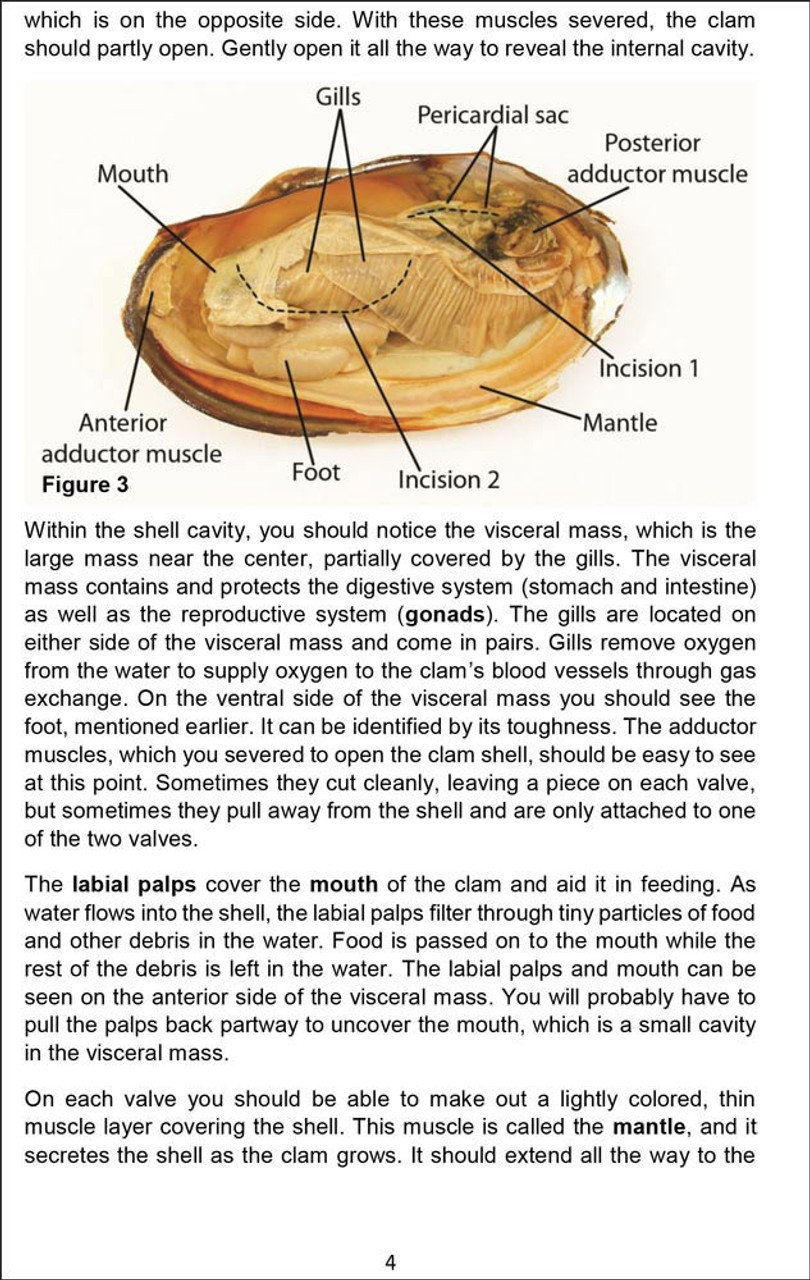
Clam Dissection Guide
Clam Dissection Lab: Explained. The phylum Mollusca includes snails, clams, chitons, slugs, limpets, octopi, and squid. As mollusks develop from a fertilized egg to an adult, most pass through a larval stage called the trocophore. The trocophore is a ciliated, free-swimming stage. Mollusks also have a radula or file-like organ for feeding, a.

Clam Anatomy Diagram
Internal Clam Shell Anatomy 1. Mantle •Covers visceral or body mass •Holds in fluid •Secrets new shell 2. Ant. adductor muscle 3. Post. adductor muscle •Hold valves shut 4. Pericardium cavity •Region covered with thin, dark membrane •Contains 2-chambered heart and kidney in a fluid-filled sac 5. Mantle edge

PPT Dissection of a Clam PowerPoint Presentation, free download ID
The diagram below provides an overview not only of that first year of growth, but also of the full softshell clam lifecycle from starting as an egg through adulthood and reproduction. Lifecycle of the soft shell clam (reproduced from a 1983 Maine Department of Resources report by C.T. Newell)

Clam Dissection BIOLOGY JUNCTION
C. Would you rather study a diagram to learn about a clam or investigate a real clam? Explain. Posterior Adductor Muscle Scar DORSAL Hinge Ligament Drawings courtesy of BIODIDAC. SIDE VENTRAL SIDE Anterior Adductor Muscle Scar Pallial Line (attachment of mantle) Outside of the clam: 1). The soft body is protected by how many shells (valves)?

clam anatomy YouTube
Hard Calm or Northern Quahog. Anatomy

Dissection 101 Clam Dissection Lesson Plan PBS LearningMedia
Clam. Clam is a common name for several kinds of bivalve molluscs. The word is often applied only to those that are edible and live as infauna, spending most of their lives halfway buried in the sand of the seafloor or riverbeds. Clams have two shells of equal size connected by two adductor muscles and have a powerful burrowing foot. [1]

Clams Characteristics, properties, reproduction and more
Clams are marine mollusks with two valves or shells. Like all mollusks, a clam has a mantle which surrounds its soft body. It also has a muscular foot which enables the clam to burrow itself in mud or sand. The soft tissue above the foot is called the visceral mass and contains the clam's body organs. Taxonomy Kingdom - Animalia Phylum - Mollusca
Clam ClipArt ETC
Procedure1.Put on your lab apron & safety glasses. 2. Place a clam in a dissecting tray and identify the anterior and posterior ends of the clam as well as the dorsal, ventral, & lateral surfaces. Figure 1. Figure 1. The left valve is on top if your clam is correctly positioned.The siphons are at the posterior end.
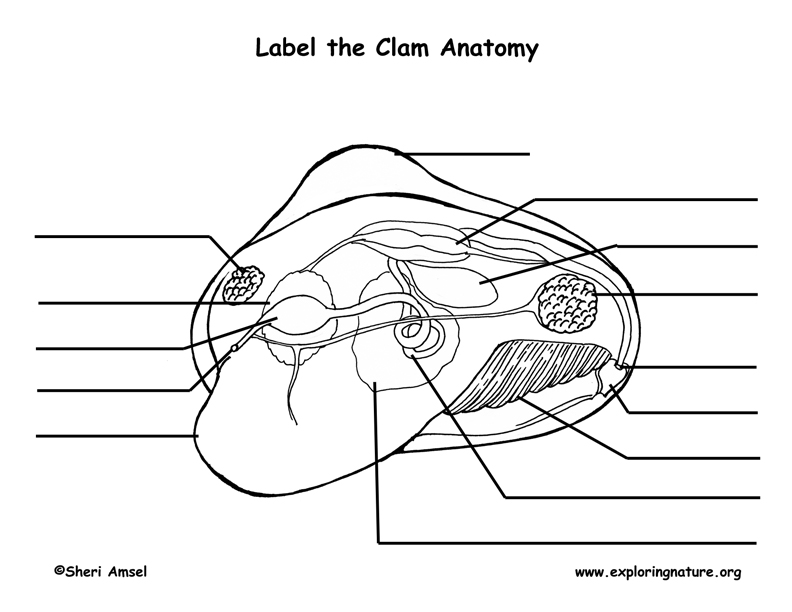
Clam Anatomy Labeling Page
The style of citing shown here is from the MLA Style Citations (Modern Language Association). When citing a WEBSITE the general format is as follows. Author Last Name, First Name (s). "Title: Subtitle of Part of Web Page, if appropriate." Title: Subtitle: Section of Page if appropriate. Sponsoring/Publishing Agency, If Given.

anatomy of a clam Marine biology, Clams, Anatomy
The clam's foot is used to dig down into the sand, and a pair of long siphon s that extrude from the clam's mantle out the side of the shell reach up to the water above (only the exit points for the siphons are shown). Note: this image is colored to differentiate internal organs and are not the actual colors of the clam. Clams are filter feeders.

Clam Anatomy Diagram anatomy diagram source
Location Cardinal Teeth of Clam a tooth of the hinge of a bivalve mollusk's shell situated just under the umbo and often relatively large Gonad of Clam A sex gland or reproductive gland Mantle of Clam
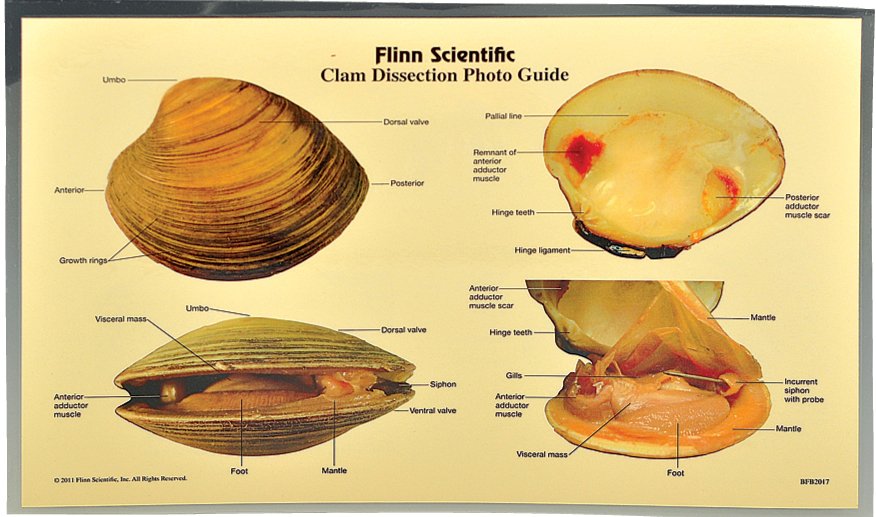
Clam Dissection Labeled ubicaciondepersonas.cdmx.gob.mx
The heart of a clam can be seen in the photograph below. Bivalves have three pairs of ganglia but do not have a brain. Most mollusks have separate sexes but most snails (gastropods) are hermaphrodites.. See the diagram below for the location of the adductor muscles. Figure 4. Adductor muscles of a clam.
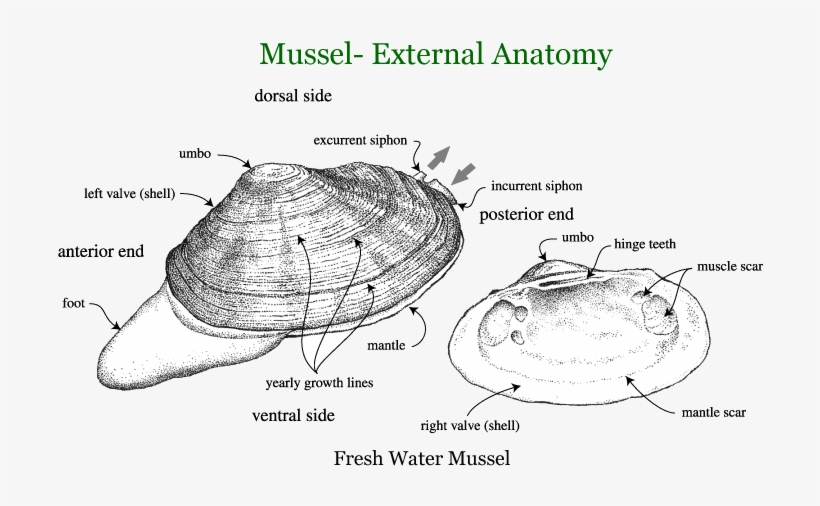
Anatomy Of A Clam
Clam dissection is a fantastic first step into the world of anatomy and dissection, particularly for young learners. Clams are easy to find either in the sand or in the supermarket and the project can be looped in with dinner. Learn about clams, dissection, and anatomy in this fun afternoon project.

bioweb images Marine biology, Anatomy, Fish anatomy
Cedar Key, FL LNST@uf l.edu Taxonomy Kingdom: Animalia Phylum Mollusca Latin for "soft things" Largest and most diverse marine phylum 25% of named marine organisms About 100,000 recognized species Classes in Phylum Mollusca Gastropoda - snails C eph al opod a - squid s, oct opus Polyplacophora - chitons Scap h opod a - tusk sh ell s